NUMBER CRUNCHING
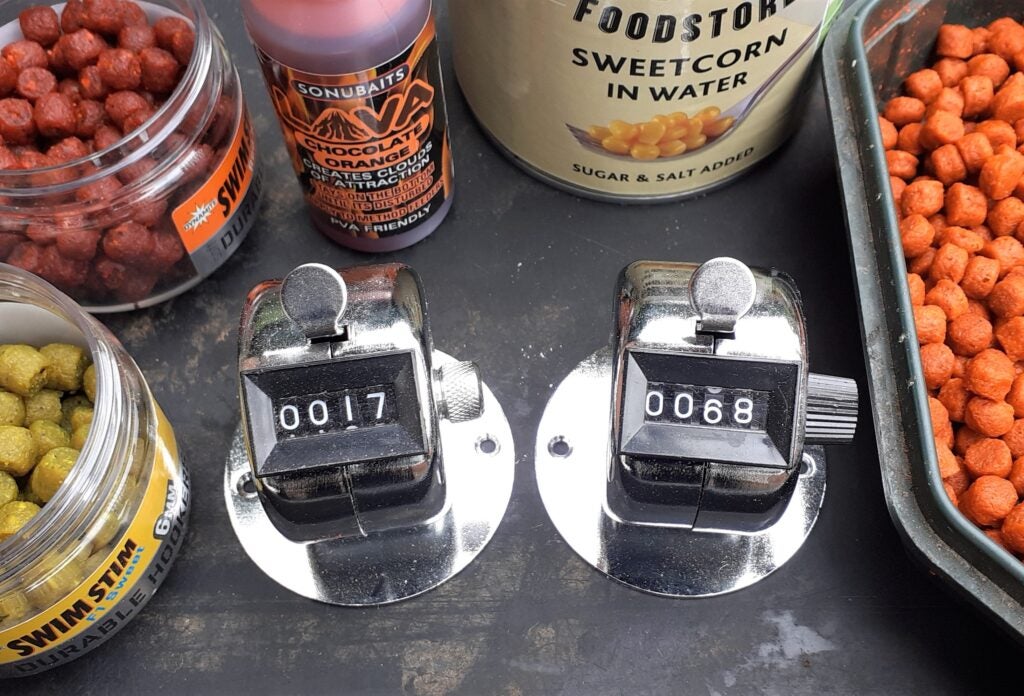

New products have a habit of creeping into your fishing, until suddenly you realise you are doing things very differently compared with a few years ago. I like to keep track of changing trends anyway, because even if they don’t suck me in, I need to be aware of them for the tackle development work I do. Fish counters are a good example. Although I don’t normally use them, I was asked to test and find some better ones, amazed to discover the company in question already shifted huge quantities. Personally, I rarely see these gizmos being used out on the bank, probably because I don’t often visit venues where keepnet limits are imposed. Counters are obviously useful in that situation, even several of them, to help estimate how much weight has gone into each net. In my case I mentally tot everything up in matches to help keep track. Number of fish and average size, so I can calculate the weight I’m building and make decisions about the best tactics.
KEEPING SHAPE
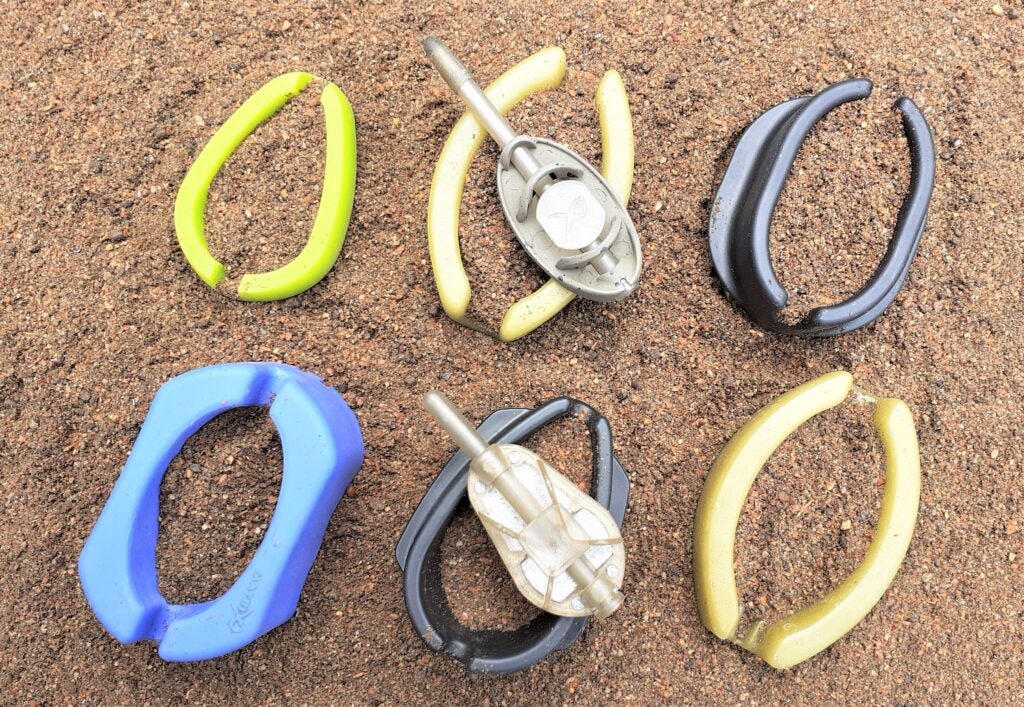

Although I don’t do a great deal of method feeder fishing, I’ve managed to accumulate a large collection of in-liners, including related moulds. This combination has become big business, I suspect because the technique is a great leveller. By that I mean it’s relatively easy to learn, compared with trying to take on Bob Nudd at pole fishing, which would take most of us the best part of a lifetime! The method is simple, made even more effective by matching moulds that guarantee super-neat loadings every time. I occasionally enjoy having a go at this, but can’t come to terms with not striking. My whole fishing career has been built around converting bites on either float or feeder tactics. Sitting on my hands waiting for fish to self-hook is as alien as playing golf to me, but I will have a go if it looks a viable way of bagging up or catching big fish. The method, and related hybrid feeders, can’t be ignored for big bream and tench at long range.
PLAYING WITH BANDS
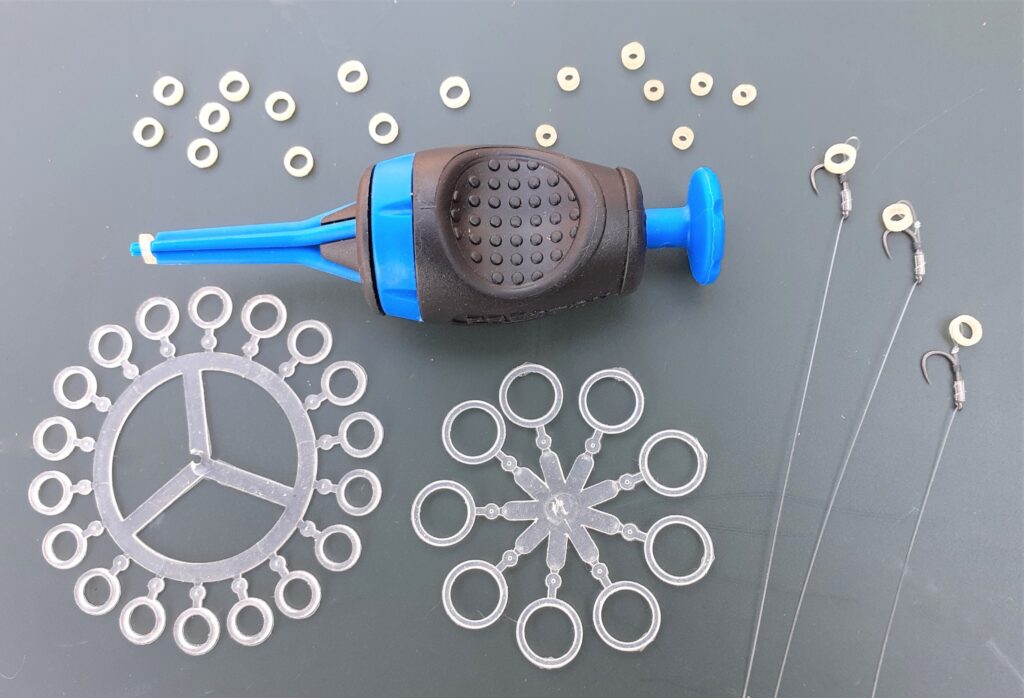

It’s fair to say bait bands have altered the way I fish, particularly when using pellets. Although I might be classed as a traditional angler, I’m not averse to trying modern techniques, as mentioned previously regarding method feeder fishing. I particularly like shallow pellet wagglers, where bait bands are vital. I don’t bother with hair-rigged ones in this instance, simply nicking the hook into a band before stretching it over a hard pellet with my fingers. I do use small latex bands installed on looped hairs for in-line feeder fishing however, where a banding tool comes in very useful. Apart from presenting hard pellet hook baits, small latex bands are also great for stretching over wafters – the new buoyant bait sensation that works well with pellet, hybrid and method feeders. Small and stretchy cream-coloured latex bands are best for smaller baits, while larger, clear silicon versions are less conspicuous for combining with much bigger offerings.
FEEDER EVOLUTION
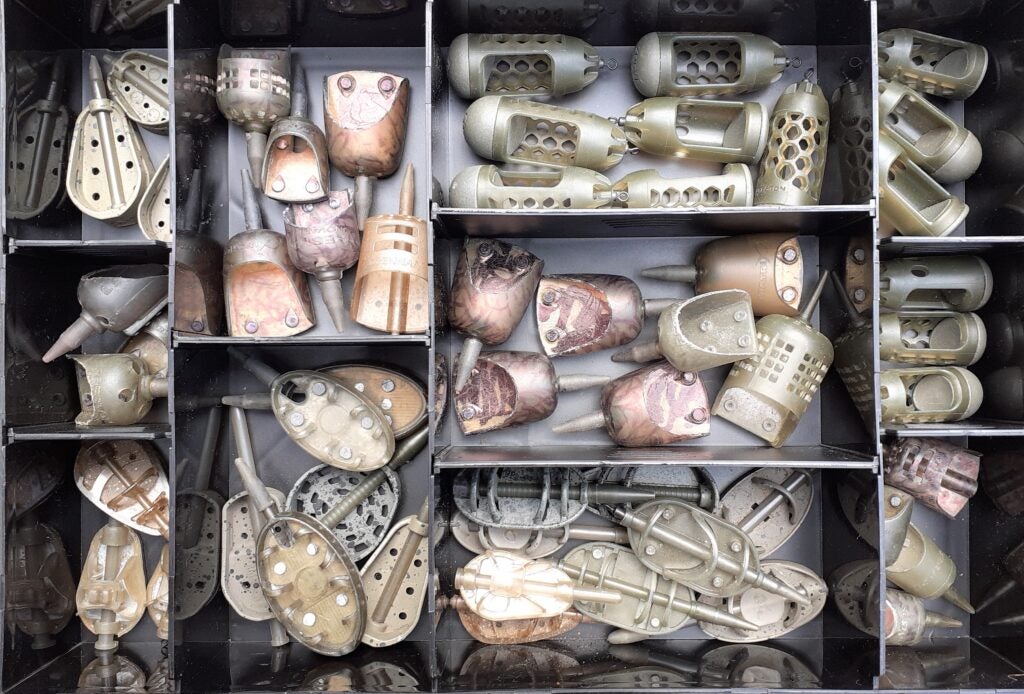

The world of swimfeeders is where most change has occurred in my fishing. I was staggered to find how many new designs have worked their way into my armoury. I seem to have added three completely different categories to my huge collection, two of which are offshoots from method feeders. Pellet feeders are a design I often prefer to the method, because a bit more finesse is involved. Then there are the new hybrid feeders, which are basically in-line methods without vanes. These tend to be on the heavy side because they are geared up for distance casting. I like them for long range because they are much easier to launch than open-enders and can out-distance them by huge margins. They combine well with groundbait or pellets, and to get extra feed out such a long way, most anglers combine this style of fishing with a spod. Window feeders are another top way of fishing at extreme range, with much improved designs.
DARKENING DOWN
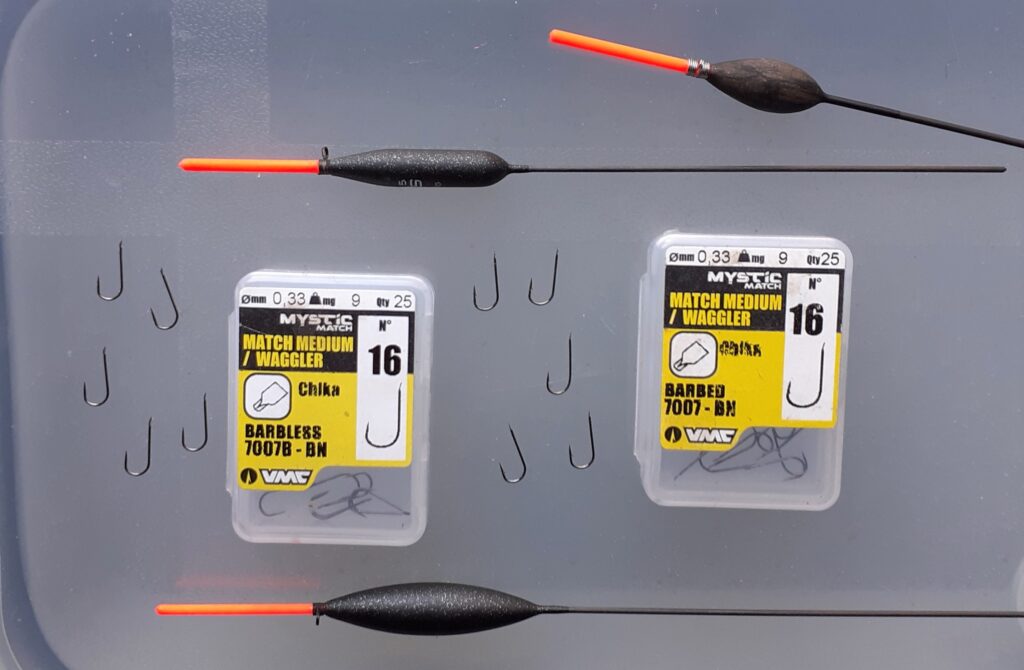

I’ve never liked bright, silvery hooks, especially when using dark coloured baits. I can’t see any benefit of having something that stands out at the end of my line, which can alert shy fish that something isn’t right. This lesson dawned on me when I used to roach fish the Northumbrian reservoirs, when I lived way beyond Newcastle. In the crystal-clear water up there, you had to get things spot-on. The silver fish were as spooky as hell anyway, because all the large venues were constantly ravaged by cormorants, mink and otters. The trick that worked best for me was carefully feeding the bigger roach away from the bottom, getting them competing for loose-fed hemp or casters. Bites were often like lightning, but there was a way to connect with them. It was essential to use small hooks and fine lines. I took this a stage further by switching to fluorocarbon, which is almost invisible in water, combined with black nickel or dull Teflon hooks.
WELL PREPARED
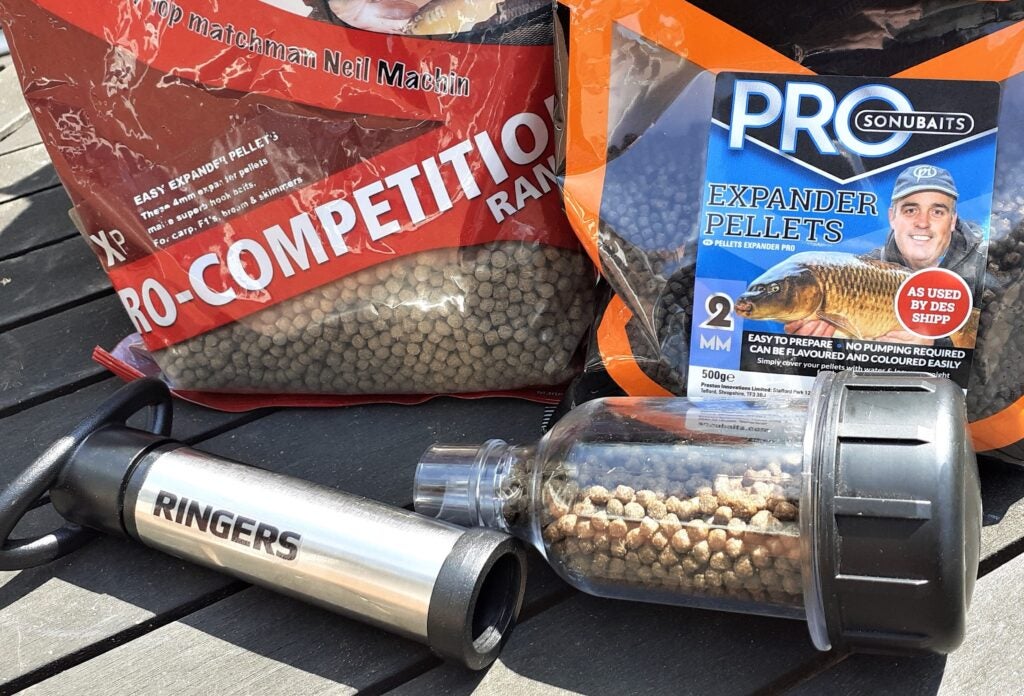

It’s a rare day when I don’t take any pellets with me, even on “natural” venues like rivers, canals, drains, reservoirs and lakes. I’ve often taken the lazy approach, simply throwing a bag of feed pellets and a tub of soft hookers in with the rest of my kit. Although this can work, something is usually missing. The feed pellets might attract fish okay, but the softer ones for the hook don’t always match up flavour or colour-wise, or even worse, refuse to stay on the rig properly. For these reasons I now tend to take more care with the pellets I use. One of my mates taught me a clever way of matching plain expanders up with the flavoured and coloured sinking feed pellets you intend to use. He soaked his feed pellets for a minute and then drained the excess water off through a riddle. The water was used again to soak and pump a handful of expanders. The end result was hard feed and soft, hookable expanders, both the same colour and flavour.
INDUSTRIAL MIXING
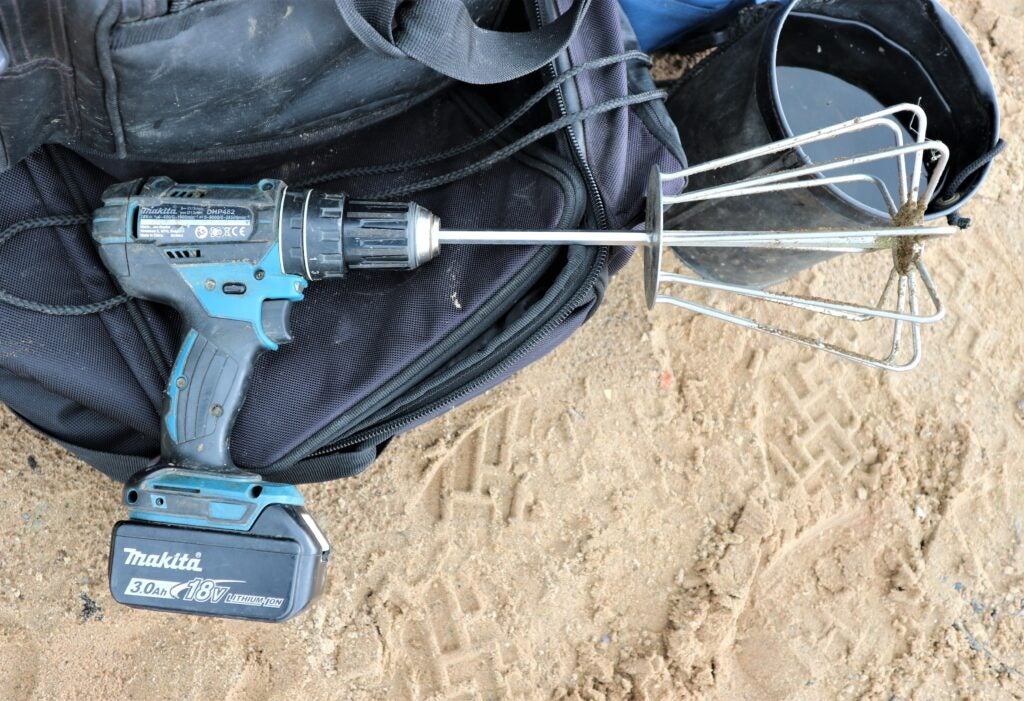

When you think about it, mixing up groundbait by hand is a long-winded process. Very often the recipe you are using requires several doses of water and a lot of stirring to get the consistency right. Even then, you need to push everything through a riddle to get rid of any lumps and put some air into the mix, so it takes on a workable texture. Most of my mates take battery-operated drills with them, fitted with giant whisks. It might sound like a helicopter taking off in the next peg, but to be fair a drill and whisk does the same job in a minute, also eliminating the requirement for riddling. The downside is, along with various big mixing bowls needed for the job, you are adding a lot of extra kit to be carted around. The drilling-on-site route really requires a barrow to get everything to the water, a stage I haven’t quite reached yet. I compromise by using an old food mixer at home to prepare my groundbait in advance, before riddling and bagging.
GOING LARGE
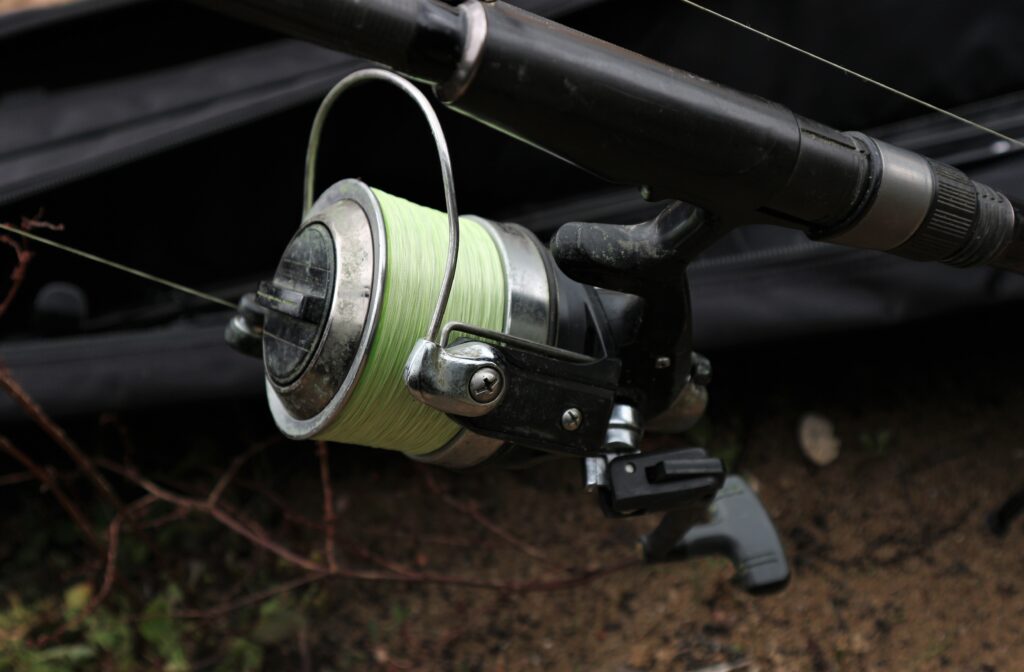

Big pit style reels have been creeping into feeder fishing. Medium sizes for casting weighty rigs huge distances, along with even larger designs – like carp anglers use – for spodding bait out long range. To cope with extreme casting, feeder rods have become more powerful too, geared up for whacking out loads upwards of 40g. Although extreme-range feeder fishing is currently a big trend, it has also become necessary to keep in touch with big fish. Zebra mussels are a major problem on many large stillwaters, filtering the water gin-clear. This has the effect of pushing shoals of bream, tench and carp further out during daylight hours, while conditions are at their brightest. New swimfeeder designs, like hybrid and window models previously mentioned, are geared up for casting to the horizon. Reels need extra big spools for this job, to gain smoother line flow, combined with powerful gearing to get everything back as quickly as possible.
MEASURING UP


Feeder fishing long range and aiming to spod bait out the same distance has resulted in many anglers using marker sticks. Apart from ensuring a spodding rod puts feed exactly where you want it, knowing inch-perfectly how far out you are fishing makes sense. You can measure everything out again if you accidentally lose some tackle and an unknown length of line, also keeping a log of distances that bring best results on different venues. Before sticks came into play, many anglers relied on counting turns of the reel handle as a distance guide, but it was hard work to get right. You only needed something to interrupt your concentration while cranking in so much line; it was too easy to lose track. Also, if rods are fitted with different reels, the same winding count wouldn’t necessarily give the same distance. Marker or measuring sticks can be used to gauge several different feed lines inch-perfectly, which is far more reliable.
TOP TIPS
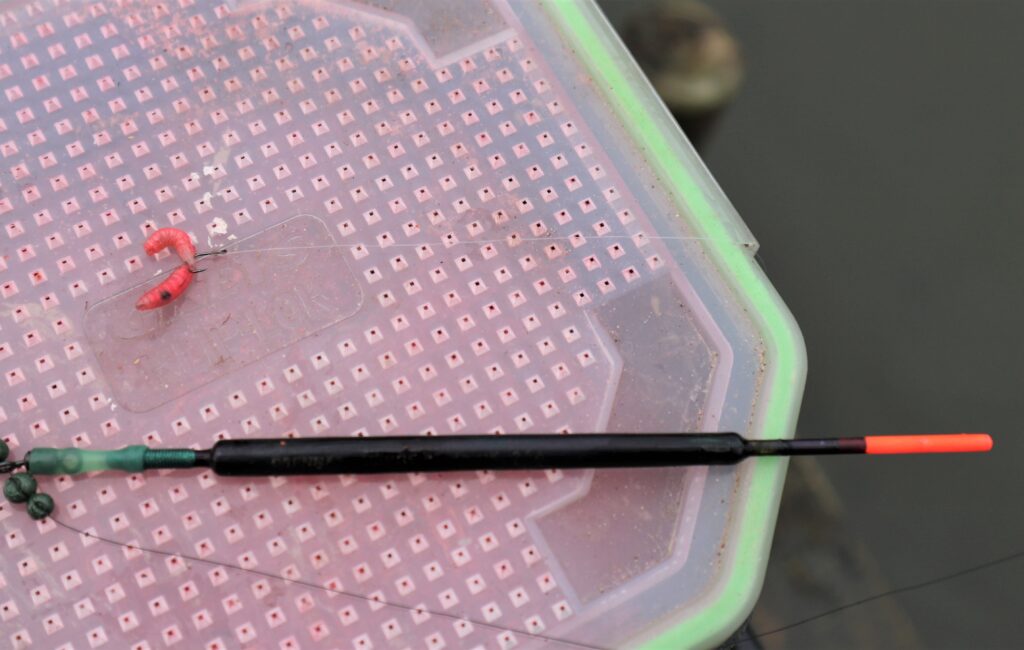

Super bright hollow plastic sight tips came from the continent and could first be seen on pole floats. Euro companies sold these separately, which got me thinking, and I was soon adapting some of my favourite insert wagglers to take this highly visible material. The plastic was lightweight, so it didn’t influence the way the floats cast, but most importantly you could see it far more clearly and in most light conditions. The secret was painting the clear plastic directly with fluorescent colour, which made the tips translucent. In other words light could penetrate, which doesn’t happen with other popular materials like cane, balsa or quill. Normal priming with a white undercoat also spoils the effect. It wasn’t long before I was fitting these plastic tips to some of my stick floats too. They no longer disappeared from sight when long trotting into shadowy, darker areas near foliage and structures, where fish are normally to be found in big numbers.
LINKING UP
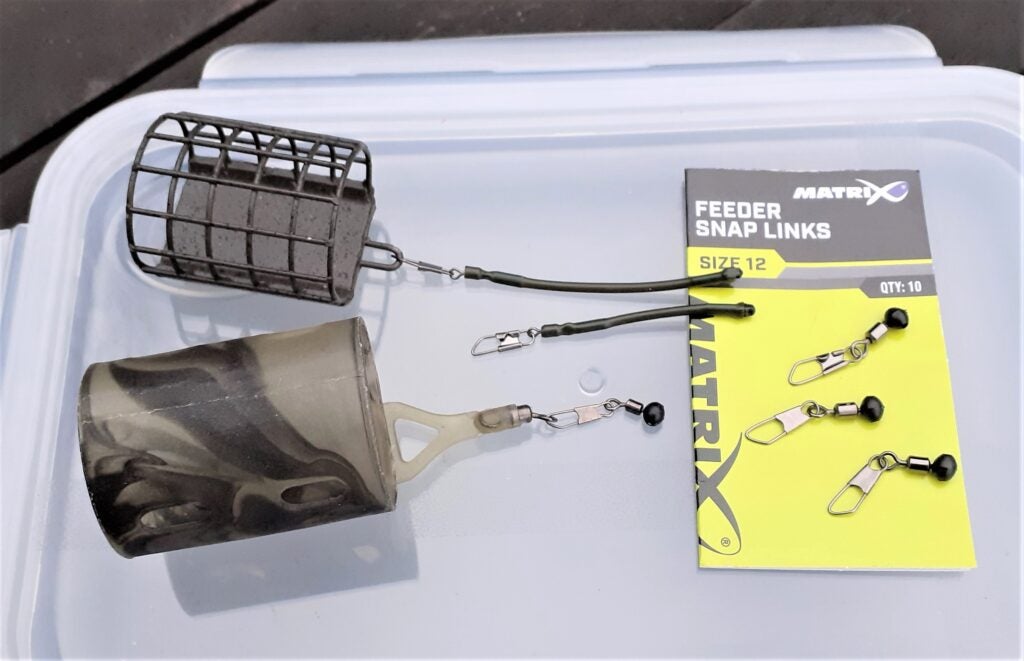

These new types of feeder links have changed most of my groundbait and blockend rigs completely, making everything so much easier. Short Feeder Snap Links from Matrix work well with open-end feeders that have built-in stiff booms or links. I use these bead and clip devices free-running, set above a short twizzled boom, formed out of the main line or shock leader. The boom keeps everything tangle-free, having a micro swivel at the end of it, to which the hook length is attached. Longer booms, like the shrink tube-covered Guru ones, work better on feeders without ready-installed links, such as is the case with many cage and blockend designs. This allows non-tether paternoster style set-ups, where the feeder is again free-running. I mostly use longer booms for plastic groundbait and wire cage feeder fishing. In both cases, feeder snap links or booms allow quick changes of feeder sizes or models, which is a great bonus.
FISH FINDING
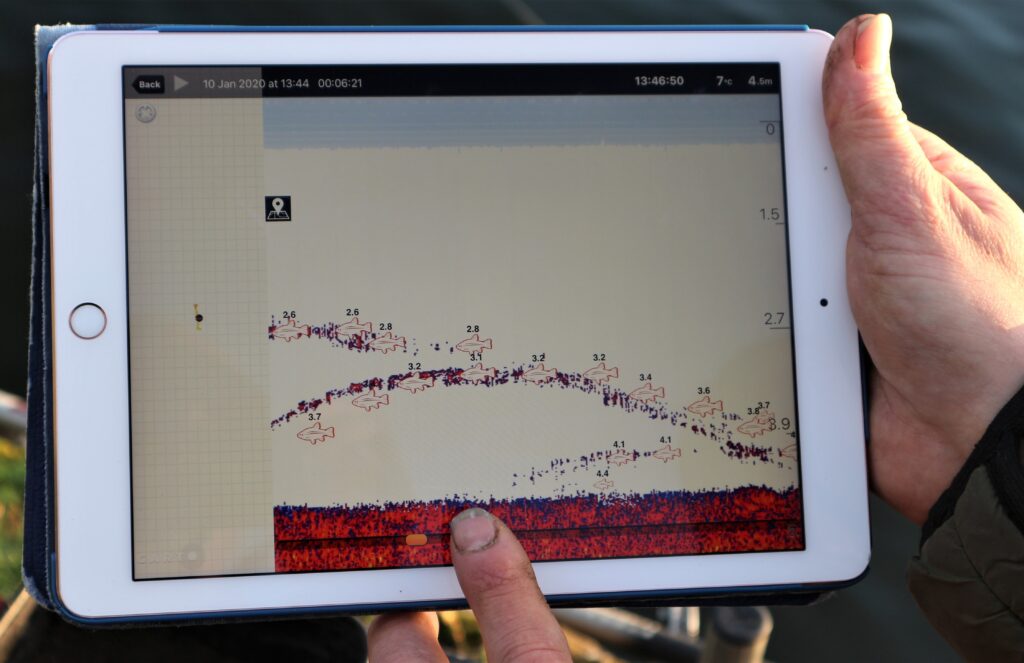

I’m apprehensive when it comes to fish finders, bait boats and any other high tech “advancements” aimed at catching more fish. Maybe I’m old fashioned, but learning how to locate my quarry through experience, rather than taking short cuts, has all been part of the fascination angling has provided me with over so many enjoyable years. Using any electronic device to plant my rig and bait where I want it to be seems like cheating. Why would I do that after such a long apprenticeship? It took me years to master casting accurately, learning how to extract fish from “impossible” places. I don’t have any problem with people using any legal routes to be successful, but in many cases I think they are missing out, foregoing much of the skill factor. We used to call this ‘watercraft’, something special I began to learn many years ago when I joined an angling club. Older members enlightened me and it was a life-changer, keeping me entranced with the sport ever since.











